
Petersfield Heath
Petersfield Heath is an important site for wildlife, history and people. In a typical year, around 300,000 visitors pass through the site and they visit for a whole variety of reasons; walks around the pond, use the playground, observing the flora and fauna and much more.
The Heath needs to be actively managed to ensure it continues to be a great place to visit and a great place for nature to thrive and ensure the history is protected.
We’re consulting on a new Management Plan to cover the period 2020 to 2025. The management plan takes many of the objectives of previous plans but with an emphasis on striking an equal balance between the three key themes; ecology, amenity and archaeology.
The consultation is open from Monday 9th November 2020 and closes on Monday 14th December 2020 at 5pm. You can view the draft plan documents and submit your feedback at THIS ONLINE SURVEY IS NOW CLOSED.
Petersfield Heath Management Plan Survey Results
The plan is a comprehensive document. The key points which outline the proposed management objectives are reproduced below. Further details on each of these are to be found in the somewhat daunting, but well written and accessible, main document.
Ideal Management Objectives
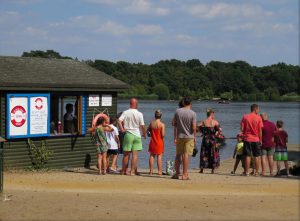
People stood beside boat shed at Petersfield Heath
Management & Communication
- The creation of a Steering Group comprising 2 representatives from each stakeholder group who will work collectively to implement the objectives of the Management Plan.
- Appointment of a Countryside Officer to oversee the practical habitat management of all 13 sites around Petersfield to be supported/managed by PTC and a partner organisation such as South Downs National Park Authority or Hampshire and Isle of Wight Wildlife Trust.
- An annual work programme to be agreed by the Steering Group.
- Collation, digitising and dissemination of all site information.
- All work on site to be carried out for sound conservation, archaeological or amenity reasons following reference to the management plan rather than cost or timing issues wherever practically possible.
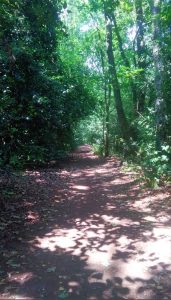
Petersfield Heath Path
Conservation/Ecology
- To maintain and enhance the habitat diversity and minimise fragmentation.
- To conserve and increase the area of heathland.
- To conserve and increase the species richness of the acid grasslands.
- To restore connectivity between areas of remnant heathland and acid grassland both on site and local vicinity.
- To create and maintain a mosaic of long and short swards with some stands of scrub to encourage reptiles and invertebrates.
- To clear and remove all arisings from site management works wherever possible.
- To consider current and historical surveys and recommendations to inform habitat management decisions
- Future work to the pond and its environs to be approved by the Steering Group prior to works commencing
- Wider environmental considerations to be taken into account
- Steering Group to further consider cattle grazing given the constraints of such a popular site and the presence of reptiles.
- Steering Group to consider dogs on lead only, during the nesting season, 1st March to 31st July in the eastern half of the site.
- Steering Group to consider appointment of specialist to address problems of both bank and path erosion around the café and playground areas. Any work must take into account the conservation and archaeological value of the site and historical survey records must be considered before any planting plans are drawn up. In particular, regard must be paid to any notable plant species recorded in the area in the past and some as recently as 2018. A spring survey is recommended to verify the Trifoliums (clovers).Annual survey and monitoring programmes to be introduced.
-
Archaeology

Heather on heathland
- To conserve and enhance all monuments on site according to SAM criteria and recommendations made in forthcoming report People of the Heath Project, even though all monuments may not be scheduled.
-

Playground Horse on Petersfield Heath
Recreation & Amenity
- To encourage & provide for public enjoyment and recreation to include interpretation, an annual programme of self-guided walks, training and volunteering, fishing, boating, cricket and picnic areas.
- To maintain & develop the ‘partition’ of the lake into a wildlife area and an area for recreation.
- To encourage active participation of local people in the sustainable management of the site.
- To encourage positive use of the site as an environmental and historical education resource.
-
 Information & Interpretation
Information & Interpretation - To make a clear distinction between information and interpretation with a view to minimising the signage on site.
- The Steering Group to consider digital interpretation systems where possible such as QR codes to minimise on site signage.
- Information regarding forthcoming activity/work at the site to be displayed on site and in the local press at least 2 weeks prior to commencement.
- Visitors to be encouraged to use the whole site for sustainable recreation.
-
Health & Safety

People stood beside boat shed at Petersfield Heath
- To ensure the work of council employees, contractors and volunteers complies with Health and Safety legislation, COSHH and other legislation and guidance notes.
- Cessation of sale of duck food from the cafe to ensure water quality, limit the risk of disease such as Weil’s Disease and Campylobacter and reduce waterfowl numbers.
- To provide external hand washing facilities to promote good hygiene practice.

Petersfield Heath
You can view the draft plan documents and submit your feedback at:
THIS ONLINE SURVEY IS NOW CLOSED
Written representations can also be made to:
Heath Management Plan Consultation,
Petersfield Town Hall,
Heath Road,
Petersfield
GU31 4EA
Please ‘phone 01730 264182 for alternative ways to access the consultation document.
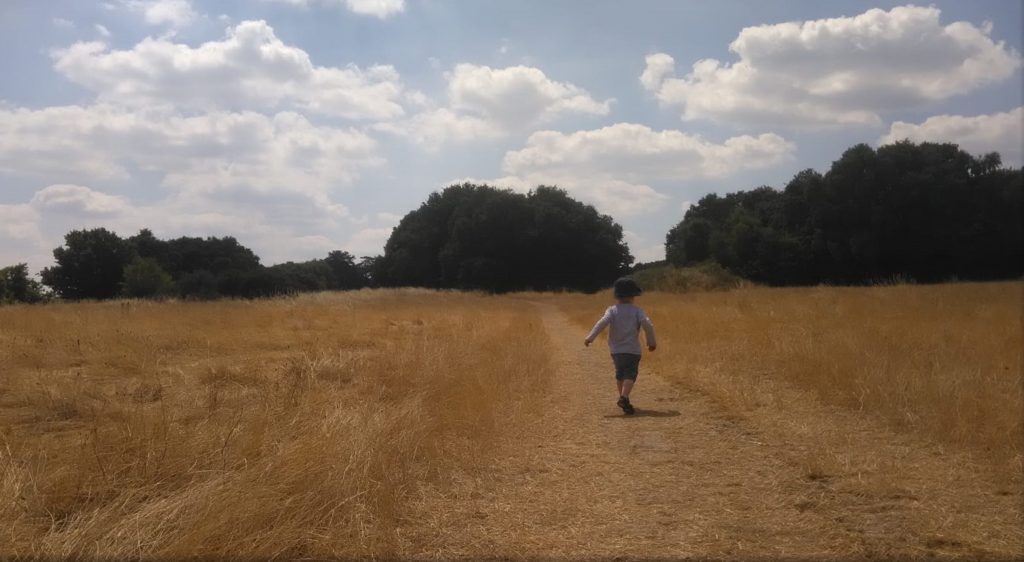
Child running across Petersfield Heath

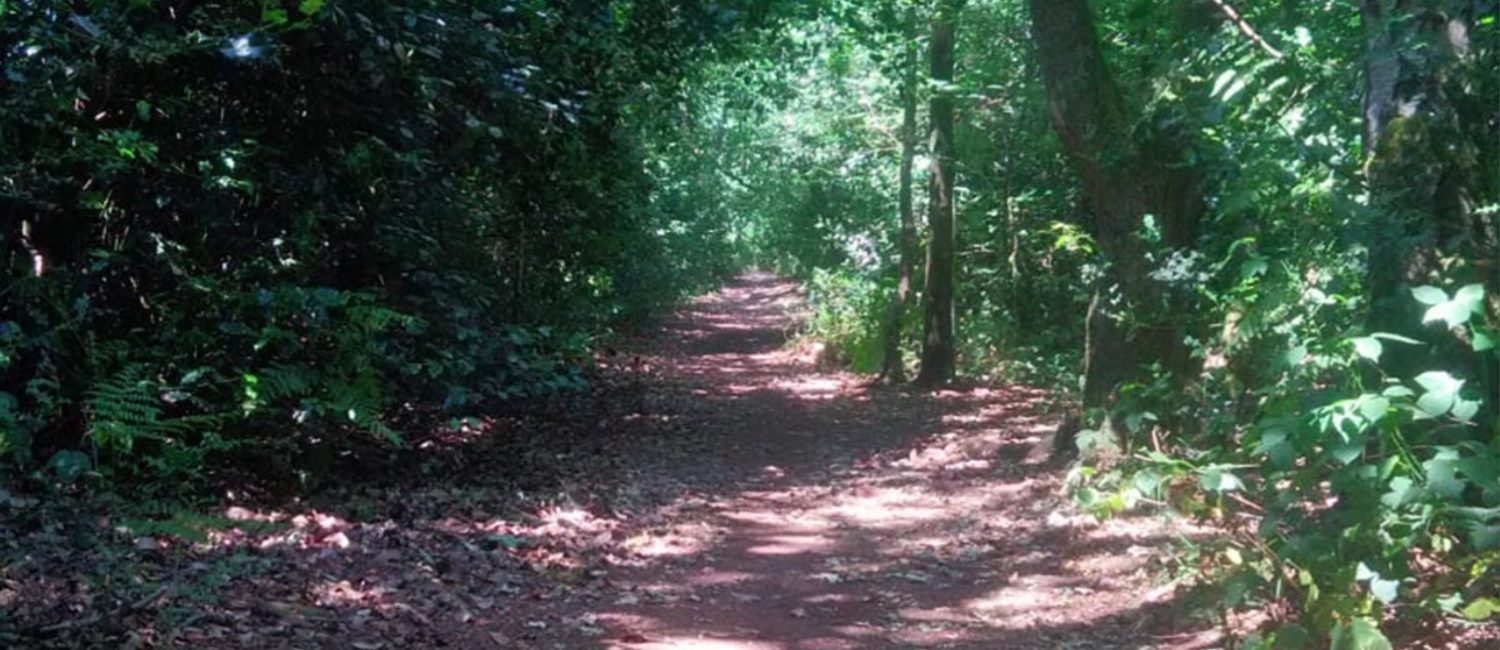
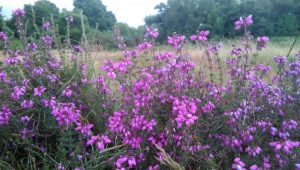
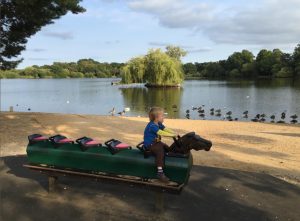
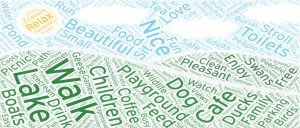 Information & Interpretation
Information & Interpretation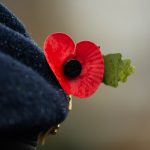
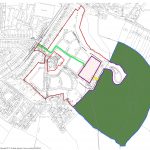
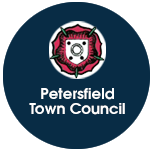
Reduction in the number of Egyptian geese is a priority. Indeed removal may be best. Cessation of the sale of “duck food” is must. There are too many rats.
The idea of cattle grazing is good, but the would need to fenced in. Would the public know to respond ,dogs and children.
It is an exceptional asset and management is essential. Good luck in getting the plan accepted.
We thank you for your comments and ask you to partake in our survey if you haven’t already done so.
At the moment, the new islands are an eyesore with the trailing black material round the edges which seems to be not only there but clearly visible in other areas and when using the new walkway. This makes for such an ugly and unnatural aspect. It seems to me that the natural rushes and bird nesting areas that were there before the changes appear reduced and it is a mystery why the bare islands can possibly be an advantage for the birds. It is depressing for nature lovers to see these dubious alterations which make walking round the Lake an upsetting experience rather than an uplifting one.
Thank you for your comments regarding the new Islands.
The reason for introducing these was twofold. One was to provide a barrier against the wave action that was hitting the east side of the pond, and also to provide a haven for birds.
Whilst the Islands have a long way to go in terms of making their appearance blend in with the rest of the Heath, the work on them has not been completed, and further work will be taking place in spring 2021. The plan is to provide some level of vegetation on these Islands and cover the black ‘nicospan’ belt that is currently surrounding the Island to stop them being eroded away during the early years of their establishment.
Our expectation is that the Islands will eventually transform into suitable habitats for both birds and habitats, and will add to the current beauty of the heath and pond as a whole. It goes without saying that this will take time.
Agree with Brian on the Egyptian geese issue. They are a non native species and need to be eradicated, as their numbers (127 at my last count) will cause environmental problems going forward. Water quality will undoubtedly be affected adversely, which will increase the risk of another blue green algae outbreak. Rats are a problem too,, and over feeding of wildfowl definitely encourages them. From an angling point of view, we would like some effective fish refuges and would like to see the boats off the pond by the end of October each year, as the cormorants use them as a safe perch. The cormorants have virtually wiped out the Rudd and Roach populations, thus reducing the appeal of the pond as a mixed fishery. The Heath pond association would like to reduce the numbers of small carp, and restock some Rudd, Roach and Perch.
We must continue to control the willow growth around the pond, and remove any willow that is growing within the Reed beds. The removal of willow from the Reed beds was identified as a priority around six years ago, yet this still has not been addressed.
Dave Chambers
Heath pond association.